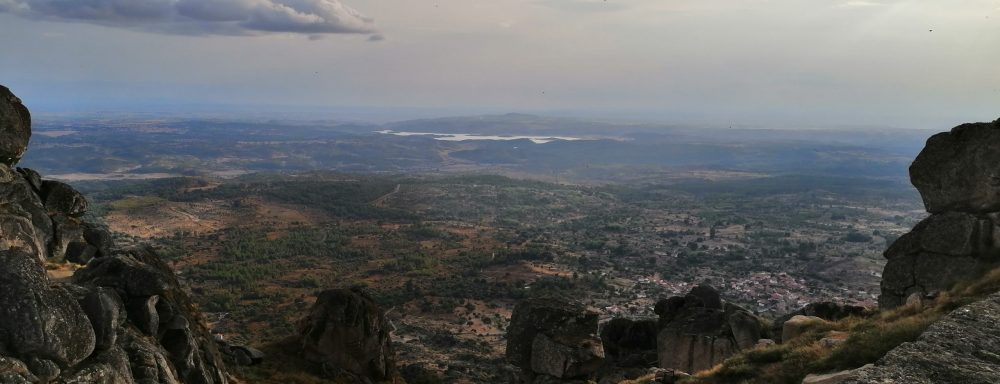Predominant metals and associated by-products in granite-related ore systems are indisputable constituents of value chains related to several industries, such as the steel manufacturing, welding and electronics, batteries and chemicals.
Many of these products play a vital role in the current transition to low-C intensity and sustainable economic growth models, being essential to widespread use of, e.g., renewable energy systems, all forms of electric mobility and high-tech digital devices. Since the recycling rates for many of these metals are still low and their feasible substitution is not guaranteed in the near future, primary production will continue to prevail in market shares and should grow to meet the anticipated increase in demand. However, some extra difficulties are expected before the strong hegemony of a few countries and companies that characterizes current supply chains (quite evident for W, Sn, Nb and Ta) can be suitably overcome. Thus, significant investments in mineral exploration endeavours are imperative, not only to re-evaluate resources already delimited and to stimulate new discoveries, but also to diversify the source regions of the minerals needed to support the on-going technological (r)evolution.
Many examples of rare metal, granite-related ore systems exist in the European Variscan belt and, historically, mining has been important in Portugal, Spain, UK, France, Austria and Germany. However, little has been done in the last decades to comprehensively assess the existing resources and find new ones. The MOSTMEG project concurs to that end, providing innovative R&D paths to reorient exploration strategies, thus increasing the chances to boost the domestic production in the near future and reduce the dependence of EU on external sources with respect to some mineral raw-materials.
